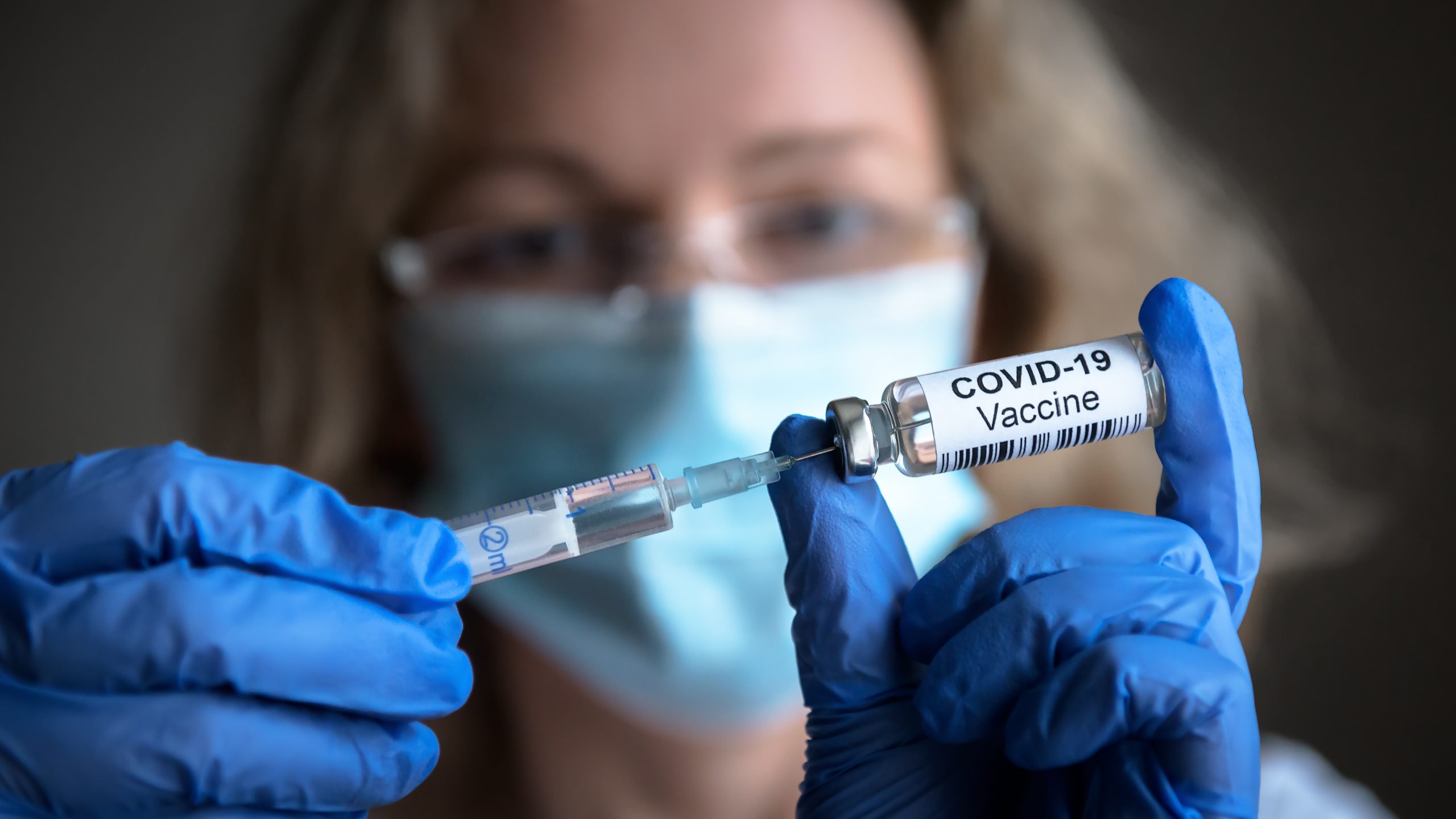
Today, it was announced that as of yesterday more than 9,000 new cases of covid-19 were reported, with a positivity rate of 11.3%. Sadly, it was also reported that 129 people lost their lives as a result of the disease. Considering the data since the beginning of the pandemic, we are still in the presence of a second wave, which could be even more severe than the first. Let's not feel so "special": this was the reality in most developed countries when they experienced the second round of contagions. Moreover, in both Europe and the USA, the number of infections and deaths relative to their populations more than doubled the current numbers in Chile.
However, this is no consolation. Not only are the capacities of the health systems very different (today the hospital burden would be over 95%), but so are the epidemiological moments. Let me explain: our second wave arrives even after the third waves experienced in developed economies, with vaccination processes underway, but our second wave does not seem to subside at the speed that the third waves did in other countries.
In a simple exercise, we compared the trajectory of infections since the beginning of mass vaccination processes for countries that have had vaccination rates similar to ours. Thus, after reaching more than 1000 cases per day per million inhabitants, Israel experienced a significant drop from the 50th day after starting vaccination: after 60 days it had less than half and after 100 days new infections were less than 40 per million inhabitants. The United Kingdom, after reaching a peak of infection on the 20th day of vaccination (900 new cases per million inhabitants) began to significantly decrease this metric, reaching 150 cases per million on the 60th day. Chile, 65 days after starting its massive program, still shows no evidence of having reached the peak of the second wave. Today, we register a little less than 400 cases per million inhabitants, with almost 40 doses applied per 100 inhabitants. While it is true that Israel, showing the same numbers, had twice as many cases, it showed a clear downward trend.
So what's going on? Quite a bit may be due to our behavior. With more restrictions than a year ago, mobility has not been reduced to the levels experienced then. There is fatigue, malaise, economic difficulties, but also a weak civic commitment, as evidenced by the numerous clandestine parties, meetings and events reported in the press, in addition to the use of personal and collective permits, which have not been accompanied by a severe control by the authorities.
But it may also be due to the vaccine we are dealing with. "Engel et al" (2021) show that the actual efficacy of Sinovac is 53%, far from 90% of Pfizer or Moderna. Moreover, it would only reach this efficacy 14 days after the second dose (i.e., approximately 45 days after the first dose), while Pfizer would reach its effectiveness 30 days after the first dose. Does this mean that Sinovac is bad? No, not at all. It just takes longer for its efficacy to be reflected, which would not be so noticeable in initial infections, but it should be noticeable in ICU occupancy and deaths. Unfortunately, the available data do not allow, so far, to make such a separation. If this thesis is correct, we estimate that within 15 days, the most serious cases should begin to fall drastically within the vaccinated population, provided that the average vaccination rate continues and does not continue to fall as we have seen in the last week.
Nathan Pincheira
Chief Economist of Fynsa